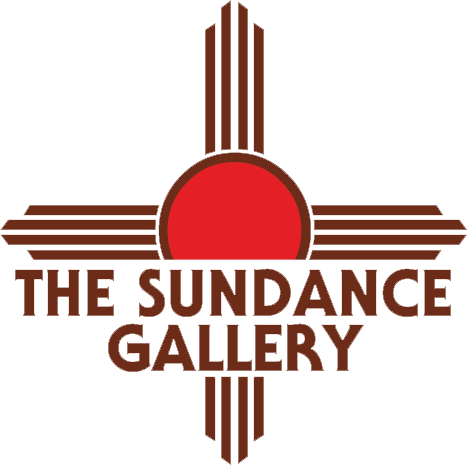National Museum of the American Indian
The National Museum of the American Indian is part of the Smithsonian Institution and is dedicated to the life, languages, literature, history, and arts of the Native Americans of the Western Hemisphere. It has three facilities: the National Museum of the American Indian on the National Mall in Washington, D.C., which opened on September 21, 2004, on Fourth Street and Independence Avenue, Southwest; the George Gustav Heye Center, a permanent museum in New York City; and the Cultural Resources Center, a research and collections facility in Suitland, Maryland. The foundations for the present collections were first assembled in the former Museum of the American Indian in New York City, which was established in 1916, and which became part of the Smithsonian in 1990.
History
Following controversy over the discovery by Native American leaders that the Smithsonian Institution held more than 12,000-18,000 Indian remains, mostly in storage, United States Senator Daniel Inouye introduced in 1989 the National Museum of the American Indian Act.[1] Passed as Public Law 101-185, it established the National Museum of the American Indian as "a living memorial to Native Americans and their traditions".[2] The Act also required that human remains, funerary objects, sacred objects, and objects of cultural patrimony be considered for repatriation to tribal communities, as well as objects acquired illegally. Since 1989 the Smithsonian has repatriated over 5,000 individual remains - about 1/3 of the total estimated human remains in its collection.[3]
On September 21, 2004, for the inauguration of the Museum, Senator Inouye addressed an audience of around 20,000 American Indians, Alaska Natives and Native Hawaiians, which was the largest gathering in Washington D.C. of indigenous people to its time.[4]
The creation of the museum brought together the collections of the George Gustav Heye Center in New York City, founded in 1922, and the Smithsonian Institution.
The Heye collection became part of the Smithsonian in June 1990, and represents approximately 85% of the holdings of the NMAI. The Heye Collection was formerly displayed in the Audubon Terrace location, but had long been seeking a new building.
The Museum of the American Indian considered options of merging with the Museum of Natural History, accepting a large donation from Ross Perot to be housed in a new museum building to be built in Dallas, or moving to the U.S. Customs House. The Heye Trust included a restriction requiring the collection to be displayed in New York City, and moving the collection to a Museum outside of New York aroused substantial opposition from New York politicians. The current arrangement represented a political compromise between those who wished to keep the Heye Collection in New York, and those who wanted it to be part of the new NMAI in Washington, DC.[5] The NMAI was initially housed in lower Manhattan at the Alexander Hamilton U.S. Custom House, which was refurbished for this purpose and remains an exhibition site; its building on the Mall in Washington, DC opened in 2005.
